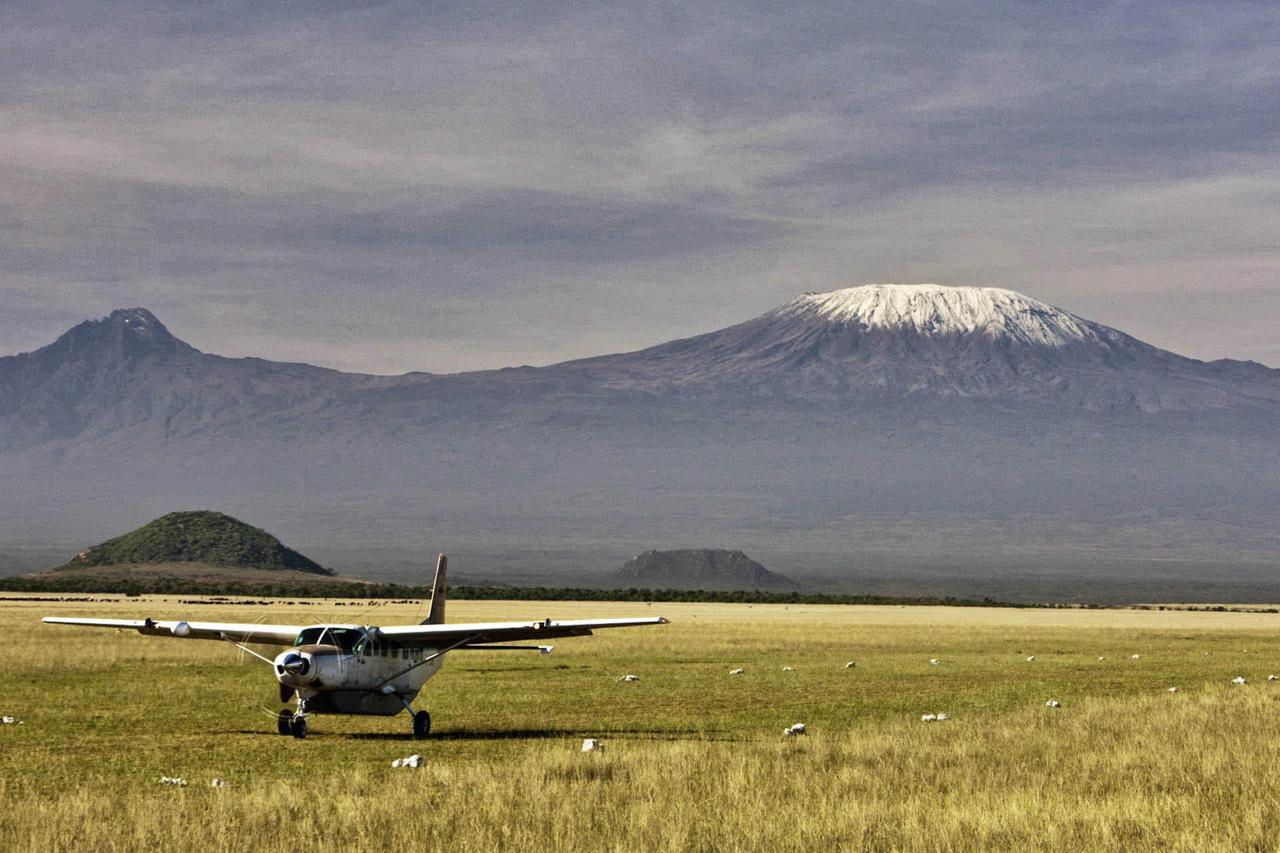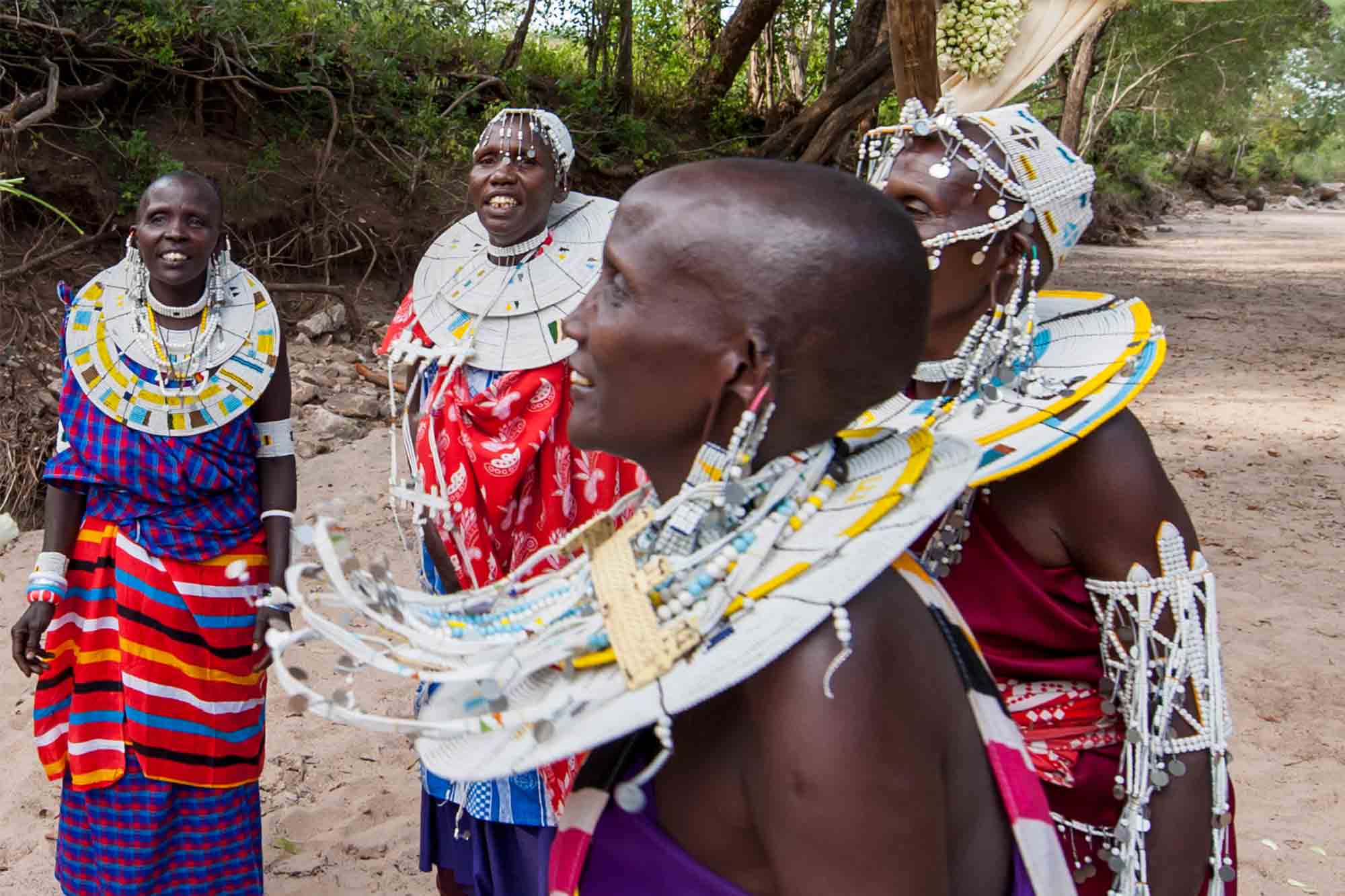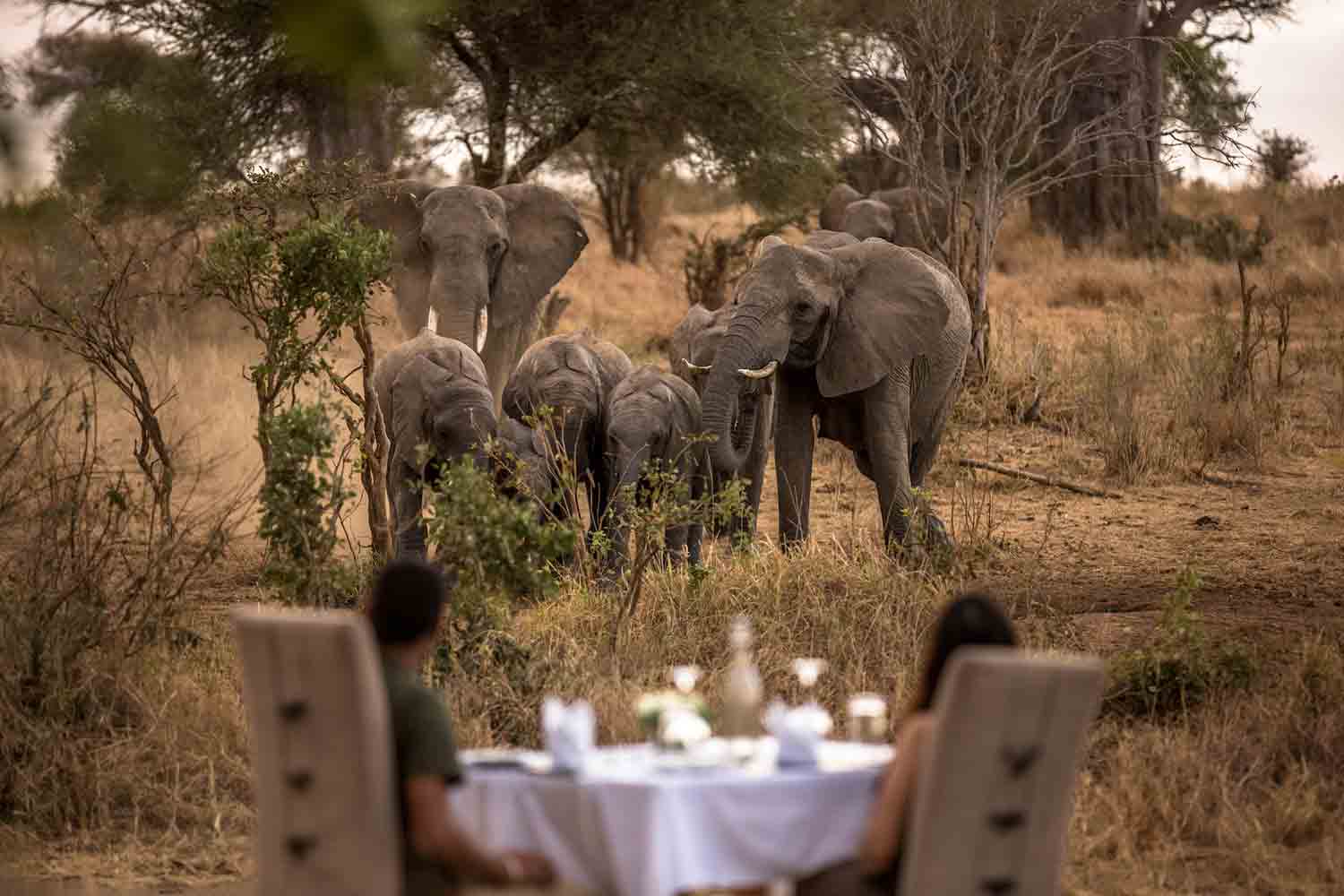JOURNAL
A behind the scenes look at the greatest show on Earth
Every year, across the sprawling plains of the Serengeti and Maasai Mara in neighbouring Kenya, one of nature's most spectacular events unfolds - the Great Wildebeest Migration. Dubbed the "greatest show on Earth", it sees millions of wildebeest take centre stage in a grand drama, alongside a supporting cast of zebras, and predators. But what makes this annual trek so special? What's all the fuss about? Let's find out...
Fuelled by a primal need for fresh pastures, the wildebeest are locked in a year-long, 1,500km circular journey that literally follows the rain. It begins in the southern Serengeti's Ndutu Plains, known as the calving grounds. Here, around 2-million wildebeest, joined by roughly 250,000 zebra, gather from December to February.
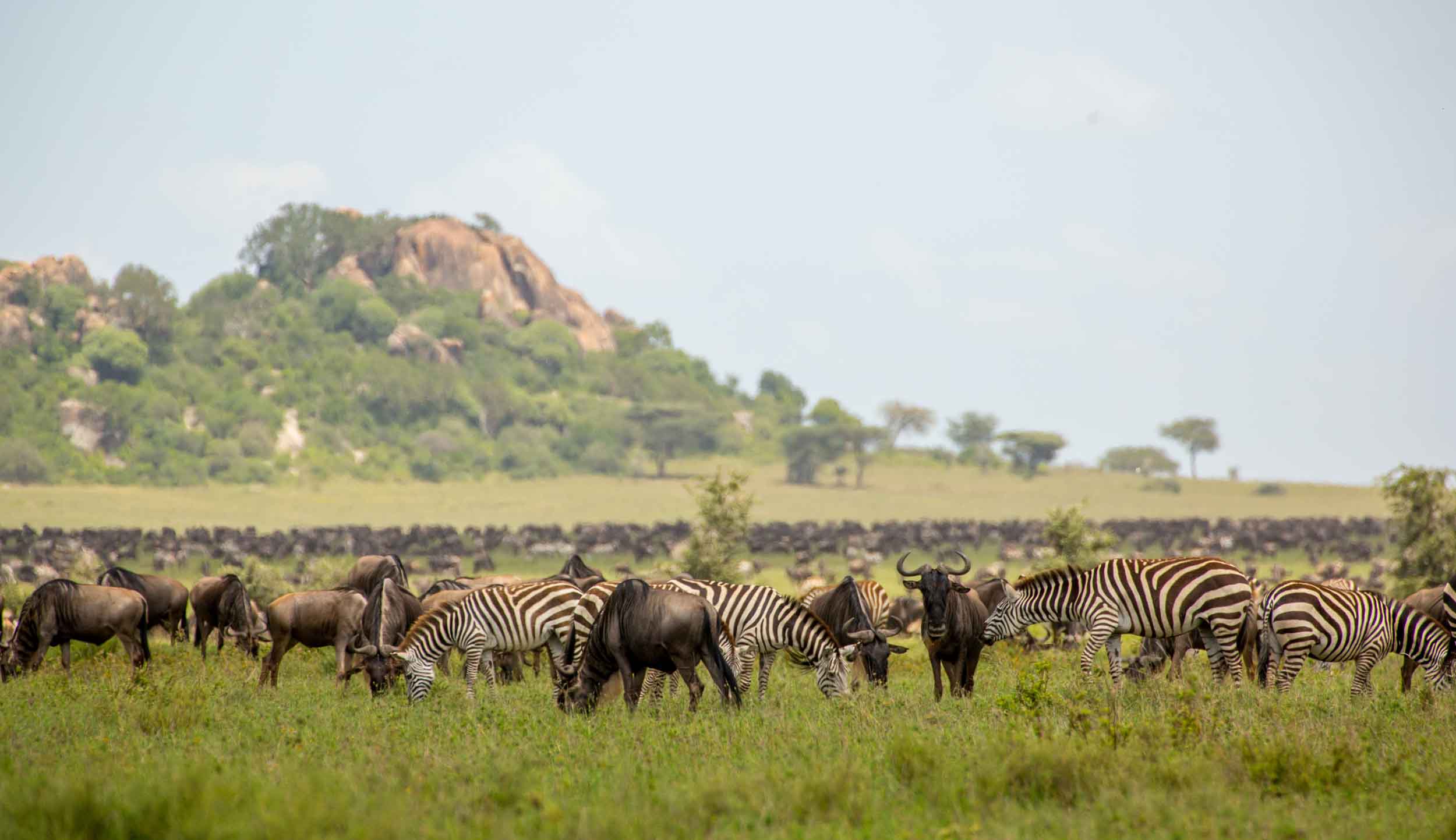
This coincides with the short rains, transforming the plains into a birthing paradise. A staggering half-a-million calves are born within a few short weeks, with around 8,000 born a day. The zebra also foal at this time, creating a sea of new life in a landscape transformed by the rain where recently sprouted fresh grasses nourish new mothers and their hungry offspring.
Witnessing this spectacle is a humbling experience - a testament to the raw power and resilience of nature. The air thrums with the energy of mothers fiercely protecting their young, while predators like lions and hyenas lurk on the fringes, opportunistic observers in this drama of life and death.
As the seasons change and the southern Serengeti grasses begin to fade, they use their genetically installed GPS to instinctively head north, sensing the increased moisture in the air, knowing that fresh grazing awaits. And so the massive trek northward begins. Leading the charge are the dominant wildebeest bulls, their powerful necks and horns testament to their battles for leadership.
The thunder of hooves becomes a constant rhythm, a symphony driven by survival.While grazing on the rejuvenated grasses, the wildebeest and zebra are constantly on guard against the ever-present threat of predators. Cheetahs launch lightning-fast attacks, while lion prides stalk the tall grasses, waiting for the opportune moment to strike. Witnessing a successful hunt is a stark reminder of the harsh realities of life on the savannah.
This journey reaches a heart-stopping climax at the Grumeti River, a wide watery chasm teeming with crocodiles, presenting a formidable obstacle. The tension is palpable as the wildebeest and zebra gather on the banks in their thousands.The air is thick with the musky scent of fear and anticipation.

Eventually, some brave souls take the plunge, churning the water white as the battle to reach the opposite banks commences. Panic ripples through the herd, and a chaotic stampede ensues, a desperate bid for survival. Some wildebeest are swept away by the current, eventually drowning, or fall prey to the lurking crocodiles. Others succumb to exhaustion, their bodies swallowed by the murky depths. The Grumeti River crossing is a brutal test of nature - a lottery of life and death.
It's not the last hurdle either. The Mara River may snake through the plains of the Maasai Mara but it ultimately flows south into the Serengeti, presenting another trial by water for the hapless herbivores before they finally reach the fresh grasses on the other side. The Mara is a fast-flowing torrent teeming with crocodiles and has to be navigated a number of times on this perilous journey as instinct drives them ever onwards.
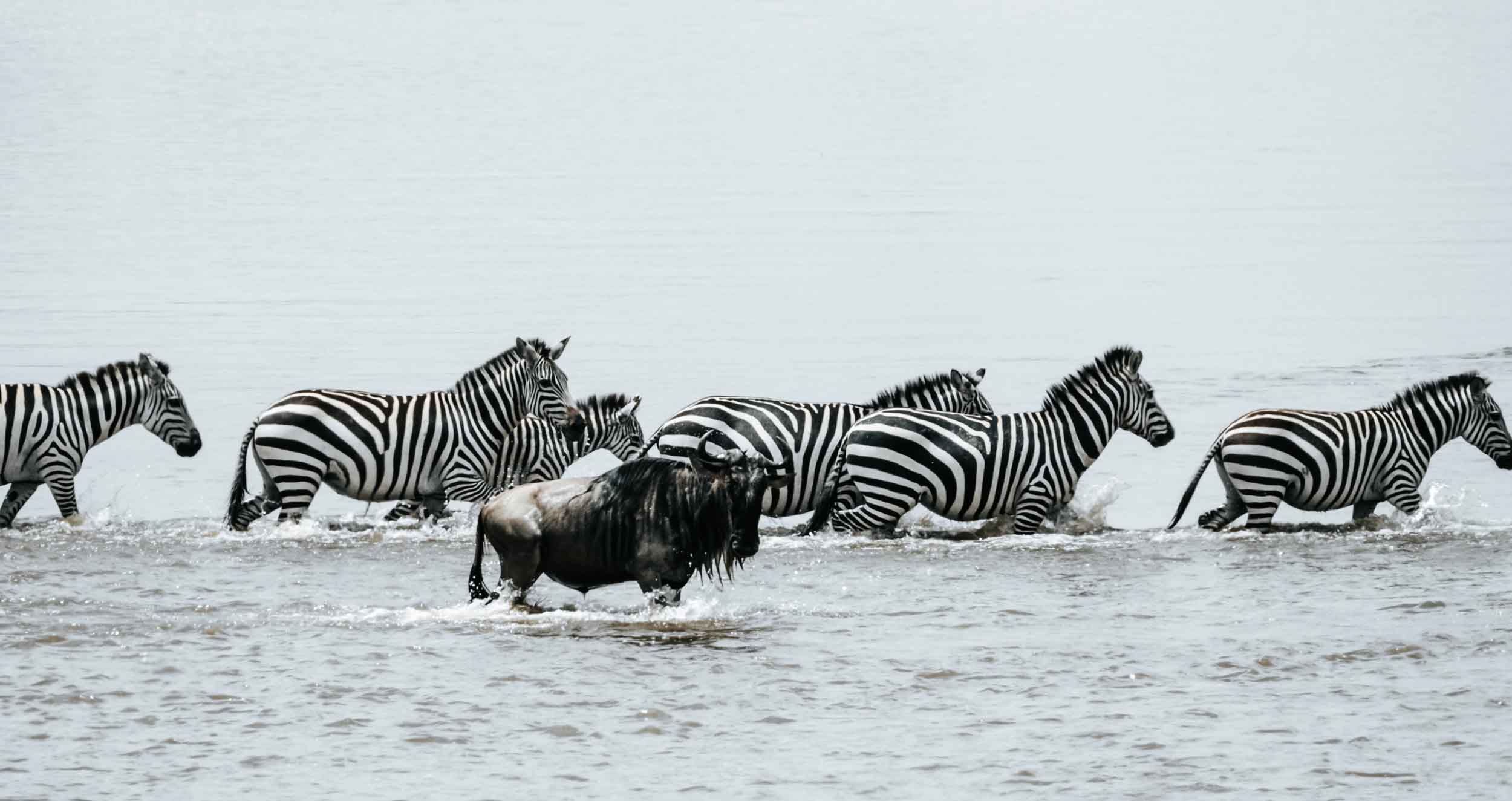
By July, the wildebeest and zebra have arrived in the Masai Mara, a verdant paradise where the rich grasses offer a much-needed respite after the arduous journey. Here, they replenish their strength before the southward leg of the journey begins in October, although many fall prey to the constant presence of lions and other predators, who pick them off seemingly at will.
The Great Wildebeest Migration is more than just a spectacular display of animal movement. It's a vital ecological event that shapes the entire ecosystem of the savanna. The wildebeest's grazing patterns promote new plant growth, creating a healthier environment for all creatures, from the smallest insects to the largest predators. Their constant movement also scatters seeds, ensuring the continued diversity of plant life across the vast plains.
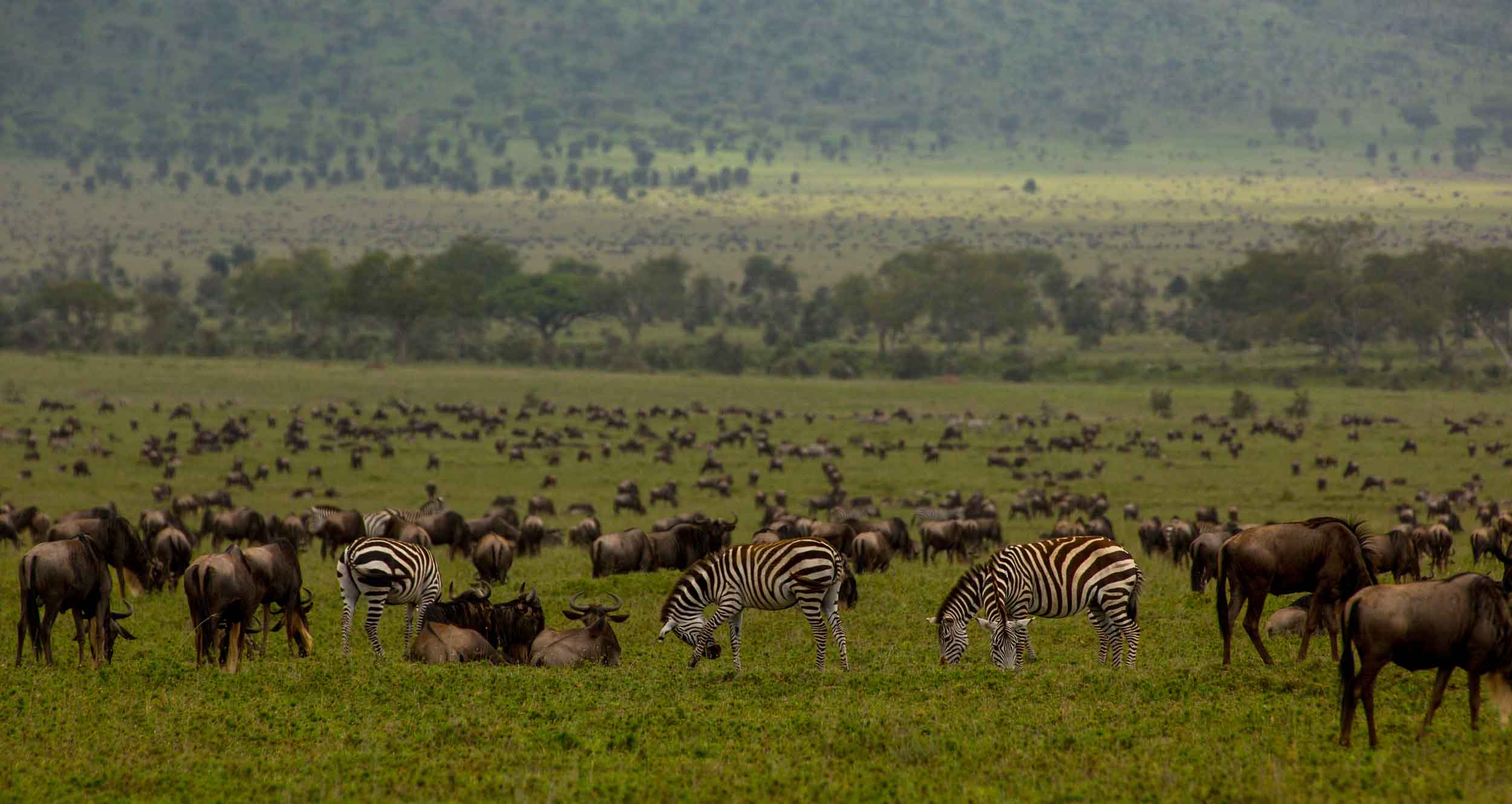
The migration route is a historical pathway, etched by countless generations of wildebeest. It's a testament to the power of memory and instinct, passed down from mothers to calves. Each year, the wildebeest embark on this epic journey, driven by an ancient knowledge that guides them through treacherous landscapes and towards life-giving pastures.
Witnessing the Great Wildebeest Migration is a privilege, a front-row seat to the raw drama of nature unfolding. It's a story of resilience, adaptation, and the primal drive to survive. It's a reminder of the interconnectedness of all living things and the delicate balance that sustains life on Earth.
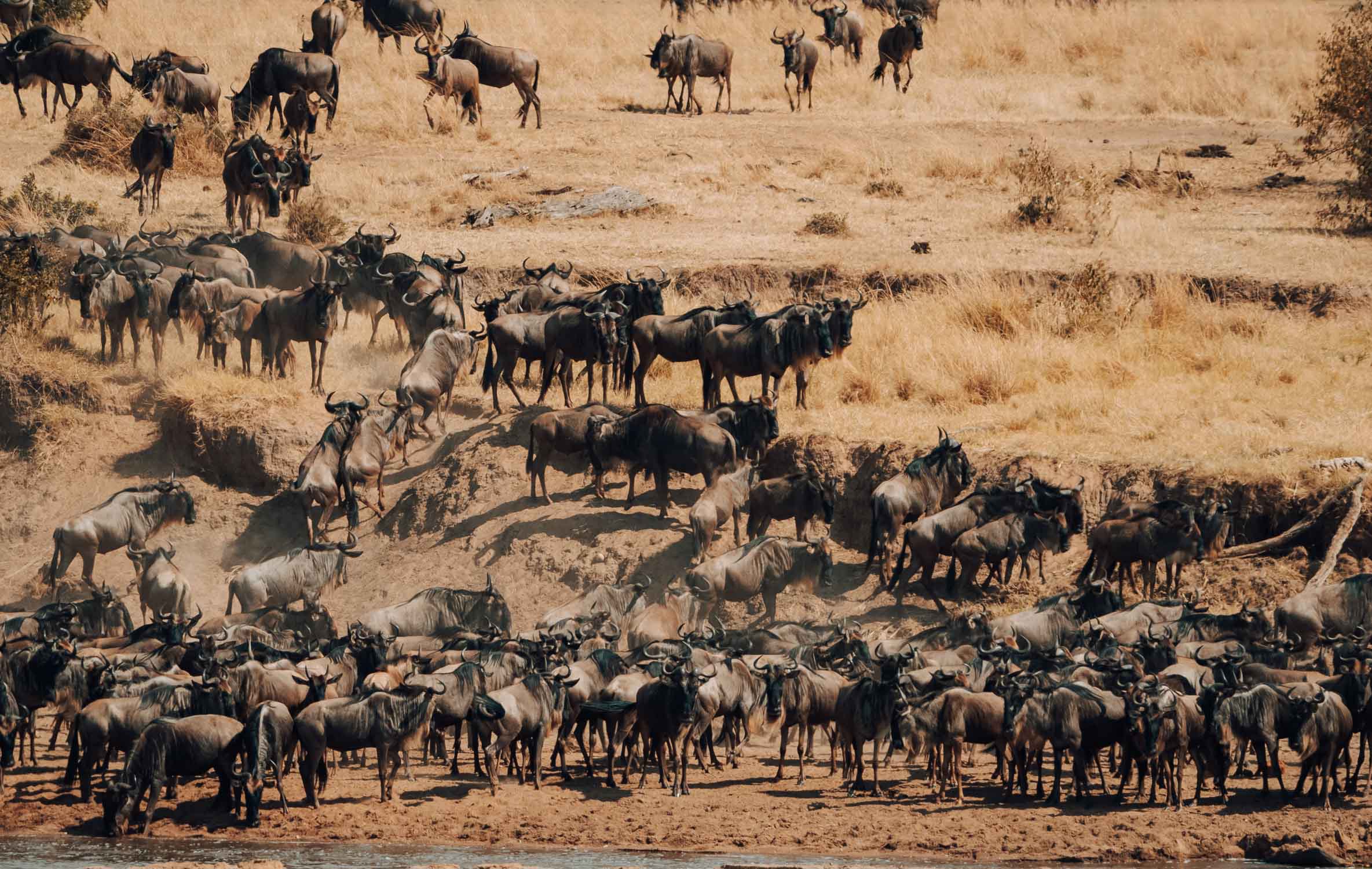
Here at Nimali we're blessed to have two of Our Popular Destinations on major migration routes at Serengeti and Mara. So, if you're looking for an adventure that will leave you awestruck, consider planning your trip to Nimali to coincide with the greatest show on Earth. Get in touch to find out more!

